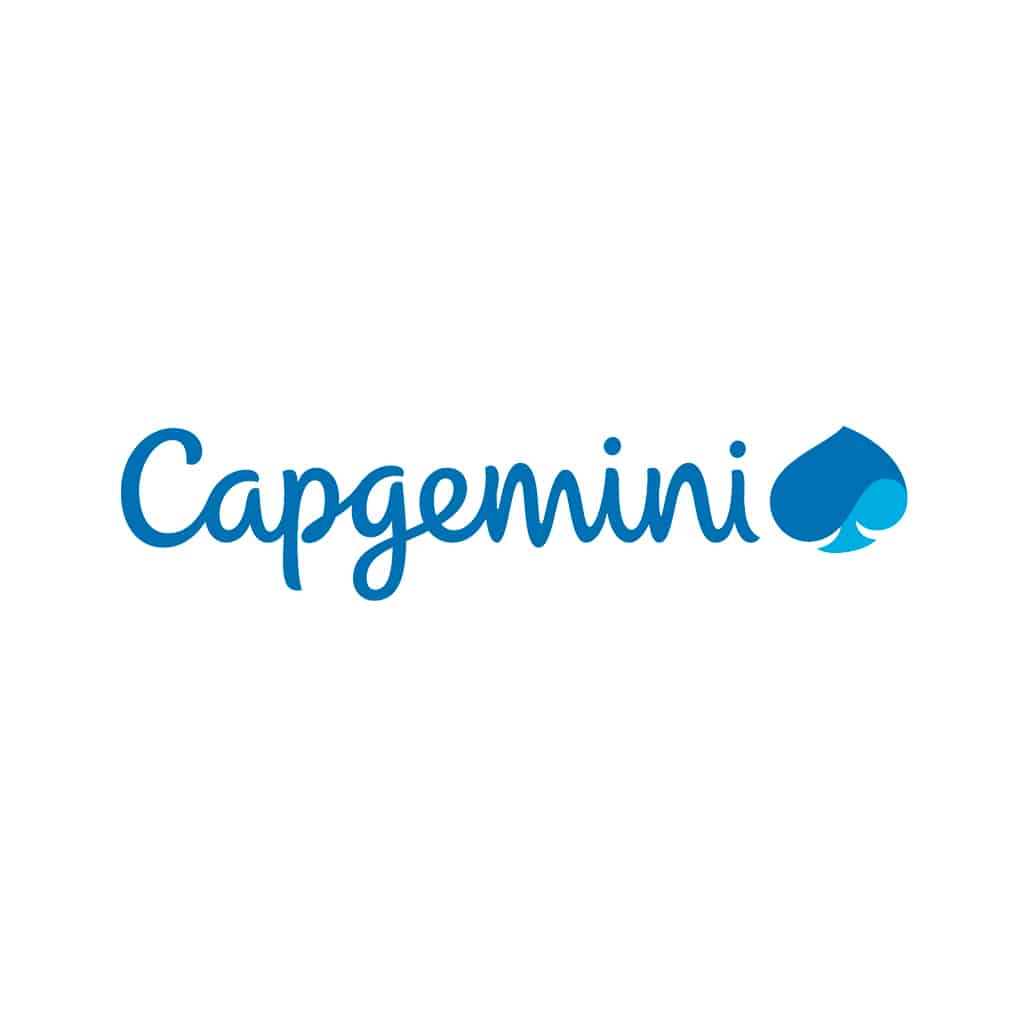As a key supplier for the premium automotive brand, Capgemini identified the IT landscape as an area for potential sustainability gains. Indeed, The Shift Project1 calculated that the share of global greenhouse gas emissions attributable to IT is 4%: which represents half of the share generated by light vehicles globally (cars, motorcycles, etc.), and this trend is expected to rise in the coming years (+8% expected between 2015 and 2025). The datacenters and applications of large enterprises leave a sizeable CO2 footprint, meaning that application modernization can contribute to reducing energy consumption.
That is why Capgemini proposed Mercedes-Benz AG to focus on the following technological levers to modernize and consolidate a backend2 service used for vehicle master data and buildability services:
- Providing an application programming interface (API) that is used by all frontend2
- Consolidating several deployments of the application on dedicated servers into one central, shared service3 on a container platform. The reduction of hardware is significant, as each deployment has development, integration, and production stages.
- Implementing a modern microservice architecture, container technology4, and advanced technical features such as green/blue deployments for better utilization of platform hardware.
- Introducing detailed monitoring on the container platform that allows for effective capacity management and reduced spare capacity in server hardware.
The benefits of the project are:
- Proof that IT can significantly contribute to corporate sustainability targets;
- CO2 reduction of the application of approximately 50% per year;
- Reduced energy consumption, hardware, and operational efforts;
- Deployment on the public cloud enables even further energy savings (which are not yet included in the calculation).
The project only considers one application out of hundreds that currently operate in the datacenters of large companies: it highlights the huge potential for further energy optimization in the IT industry.
1 The Shift Project – Lean ICT Report, 2019
2 Backend / frontend services: services required by an application or website either for presentation layers and visible by the final user (frontend), or for data access layers (backend)
3 Shared services: consolidation of back-office business operations used by different parts of a same organization, often applied to eliminate service duplications
4 Container technology: method to package all services, scripts, API, libraries to allow an application to run on any isolated operating system


